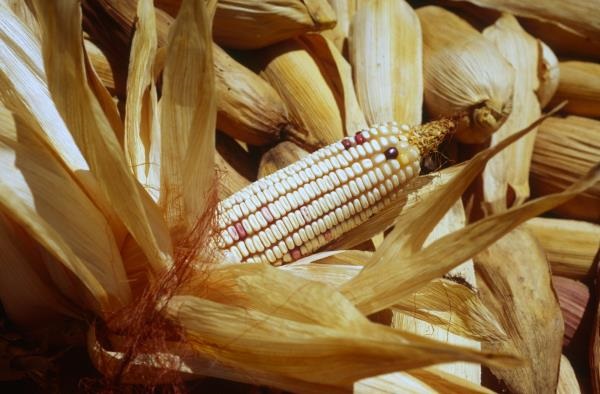
3 April 2014, Rome - The FAO Food Price Index rose sharply in March, up 4.8 points, or 2.3 percent, to an average of 212.8, the highest level since May 2013.
"The Index was influenced, as expected, by unfavourable weather conditions in the US and Brazil and geopolitical tensions in the Black Sea region," said Abdolreza Abbassian, FAO Senior Economist.
These and other influences are reviewed in greater detail in the AMIS Market Monitor report, the monthly synopsis of the major food crops prepared by the G-20 Agricultural Market Information System (AMIS), which is hosted at FAO headquarters in Rome.
"The Food Price Index looks at March trends. Since then, the initial fear over disruptions in grain shipments from Ukraine has subsided. Also, markets have started to discard any negative impacts that the current difficult domestic economic conditions may bear on plantings or harvests in 2014," Abbassian said.
Abbassian pointed out that AMIS has an important role to play in reassuring international markets, by promoting close dialogue among its participating countries.
The Index, based on the prices of a basket of internationally-traded food commodities, saw prices increase in all groups except dairy, which fell for the first time in four months (-2.5 percent). The greatest gains were seen in sugar (+7.9 percent) and cereals (+5.2 percent).
The FAO Cereal Price Index averaged 205.8 points in March, up as much as 10 points from February. Wheat and maize prices surged and imports were strong amid concerns over the effects of dry weather conditions on winter wheat in the United States, unfavourable weather in Brazil, and tensions in the Black Sea region.
While in March the Index rose to its highest value since August 2013, it remained well below (34.6 points or 14.4 percent) its value in March 2013. Rice prices were generally stable.
The FAO Vegetable Oil Price Index averaged 204.8 points in March, up another 7 points from February and the highest level seen in 18 months. The rise in the index mainly reflected a surge in palm oil, on continued concerns over the impact of protracted dry weather in Southeast Asia.
The FAO Dairy Price Index averaged 268.5 points in March, a fall of 6.9 points, as purchases by China declined, and amid uncertainty over trade with the Russian Federation. Good production in New Zealand and the northern hemisphere also influenced prices.
The FAO Meat Price Index averaged 185 points in March, up 2.7 points. Once again, weather came into play as higher beef prices were associated with dry weather conditions affecting production in both Australia and the United States. Pork also rose, in part on concerns over the effect of the Porcine Epidemic Diarrhea virus on export supplies in the United States.
The FAO Sugar Price Index averaged 253.9 points in March, up 18.5 points amid concerns of declining availability from Brazil and Thailand, due to drought and reduced sugarcane output, respectively. The expected, potential impact of El Niño conditions later this year also contributed to the price surge.
Cereal supplies and trade up in 2013/14
FAO also released its Cereal Supply and Demand Brief, with improved outlooks for global cereal supplies and expectations of record trade in the 2013/2014 marketing season.
The Brief also reported a higher estimate for world cereal production in 2013, which has been raised by 6 million tons to 2 521 million tonnes. The latest adjustments reflect higher estimates for production of coarse grains and rice in several countries.
The FAO's forecast for ending stocks has also been raised and world trade is set to increase by significantly more than earlier expected.
Early outlook for cereal crops in 2014
"It is still too early to make accurate production forecasts for cereals, as many crops have yet to be planted and weather remains the key factor influencing harvests," said FAO's Abbassian.
World wheat production in 2014 is forecast at 702 million tonnes, down 2 million tonnes from FAO's first forecast published in March. This would be 2 percent lower than last year's record harvest.
FAO's first forecast for global rice production in 2014, published in today's report, points to a modest 0.8 percent increase, to 500.7 million tonnes (milled basis), as growth is likely to be dampened by falling world prices and fears of a recurring El Niño event.
Even though the outlook for rice is up slightly, increases might not be sufficient to match population growth. As a result, inventories in the next season could see a decline, albeit from very high levels.